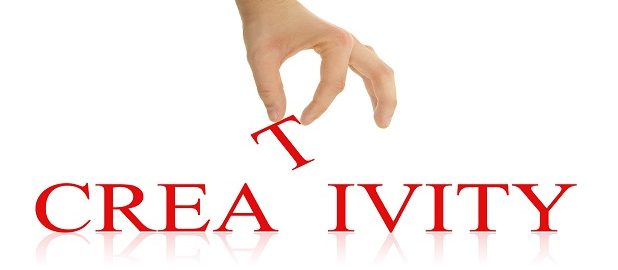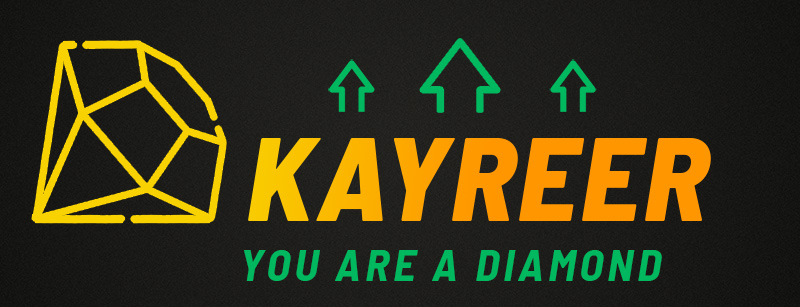Need we discuss the import of end-result, viz. Are our Creative People performing on their peak. Naturally not; rather what concerns all of us is How To Go About It. And here are some smoothies elicited by Leaders of SAS institute. Go ahead, savor these; even if one principle strikes chord in you, this reading shall be worth the five minutes it would take and the many hours thinking it would trigger.
Caution; though you may apply these to your own creative output, it is mostly about managing performance from the staff, without belittling your own creativity. Mind it, most managers rely excessively on their own creative ability, discounting the same in others, therefore this caveat.
Are you giving them more of intrinsic rewards than relying on extrinsic ones, stock options, or using Peter Drucker’s advice, “realize the perils of trying to ‘bribe’ creative people with crude financial incentives”.
Have you begun going beyond the ‘individual’ person and are focused on unlocking the social and management contexts for nurturing, harnessing and mobilizing group creativity, manifesting the firm’s ‘absorptive capacity’ in roping in feed from users and customers too.
Okay, you might been in the trial and error phase or might have settled with a coherent framework for managing creativity, but is your bottomline these three beacon tenets:
A. Aiding employees stay intellectually engaged, unencumbered by distractions (bureaucratic obstructions)
B. Having your managers accountable for firing creativity in their staff, transcending typification prejudices that so and so is creative and so and so just can’t be
C. Enlarging creative inputs role beyond internal customers to users and customers of your products and services.
Are you guilty of thinking creativity is a static pooling of individual ideas, or you insightfully see it is an organic outcome of ‘interactions’ amongst employees and customers, the healthier the relationships and longer the relationships, more probable the prolific creativity with usefulness of these interactions.
Good posers so far, yes!
More details:
Are you facilitating your people stay in that ‘ethereal high orbit’, making them learn advanced programming if they are programmers, relishing the salesman’s thrill in getting quotas without getting lost in technical specs; giving them supportive tools and props, eliminating the constrictive elements…
Are you keeping staff’s mind on what they value as ‘the challenging plane’, helping them stay off meetings (if they feel they waste time), assuring them their family and personal chores are being looked after without these weighing on their mind, configuring the most to the employees value system and sense of priorities (flexi-timing, no 70 hour weeks, after all creative people are very responsible to their own self and value esteem amongst fraternity)
Are you promoting an egalitarian culture, that all are and can be creative, that all be hands-on, knowing real work, dismounted from the pontiff’s high horse, not overly concerned with titles, but being collectively delivering excellent work; thus triggering a highly collaborative work culture where those lacking are accorded remedial inputs failing which they are parted with over three months.
Is your organizational ‘creative capital’ involving customers, making their voices heard loud and clear to all within, as clearly as the stock quote.
Well. If you leverage all this, you would know why SAS has 3-5% employee turnover, has enjoyed, hark, 28th straight year of revenue growth, can boast of 98% subscription renewal rate, revenues crossing 1.5 billion USD.
The creative economy is here to stay.
ref: HBR.org Richard Florida & Jim Goodnight









